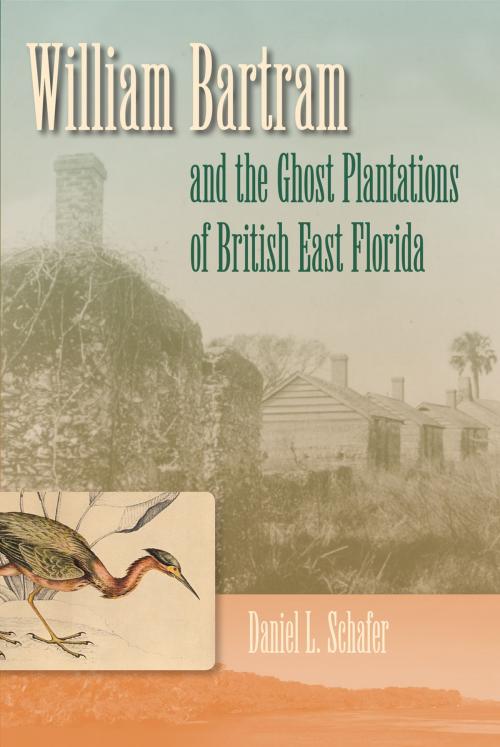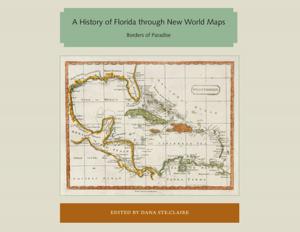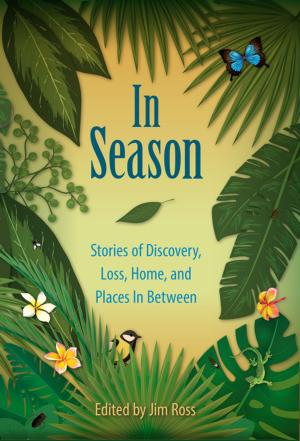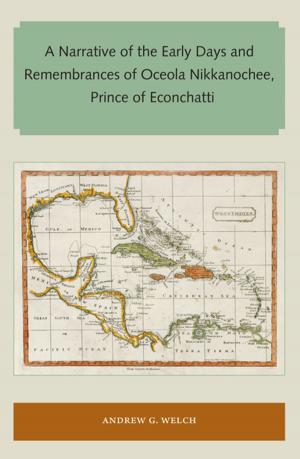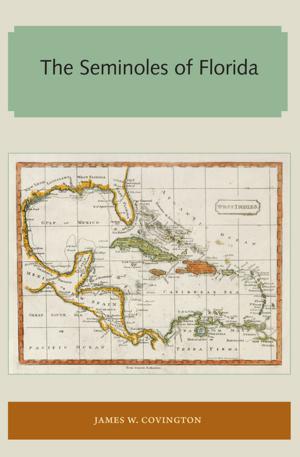William Bartram and the Ghost Plantations of British East Florida
Nonfiction, History, Americas, United States| Author: | Daniel L. Schafer | ISBN: | 9780813059211 |
| Publisher: | University Press of Florida | Publication: | October 1, 2010 |
| Imprint: | University Press of Florida | Language: | English |
| Author: | Daniel L. Schafer |
| ISBN: | 9780813059211 |
| Publisher: | University Press of Florida |
| Publication: | October 1, 2010 |
| Imprint: | University Press of Florida |
| Language: | English |
In his famous and influential book Travels, the naturalist William Bartram described the St. Johns riverfront in east Florida as an idyllic, untouched paradise. Bartram’s account was based on a journey he took down the river in 1774. Or was it?
Historians have relied upon the integrity of the information in William Bartram's Travels for centuries, often concluding from it that the British (the colonial power from 1763 to 1783) had not engaged in large-scale land development in Florida. However, the well-documented truth is that the St. Johns riverfront was not in a state of unspoiled nature in 1774; it was instead the scene of drained wetlands and ambitious agricultural developments including numerous successful farms and plantations. Unsuccessful settlements could also be found, William Bartram's own foundered venture among them.
Evidence for the existence of these settlements can still be found in archives in the United Kingdom and in the family papers of the descendants of British East Florida settlers and absentee landowners. So why did Bartram choose to erase them from history? Was his insistence on a pristine paradise in Travels based on an early expedition that he and his father, the botanist John Bartram, conducted in 1764–65? Was his distaste for development a result of bitterness and shame over his own failed settlement? Daniel Schafer explores all of these questions in this intriguing book, reconstructing the sights and colorful stories of the St. Johns riverfront that Bartram rejected in favor of an illusory wilderness. At last, the full story of William Bartram's famous journey and the histories of the plantations he "ghosted" are uncovered in this eminently readable, highly informative, and extremely entertaining volume.
In his famous and influential book Travels, the naturalist William Bartram described the St. Johns riverfront in east Florida as an idyllic, untouched paradise. Bartram’s account was based on a journey he took down the river in 1774. Or was it?
Historians have relied upon the integrity of the information in William Bartram's Travels for centuries, often concluding from it that the British (the colonial power from 1763 to 1783) had not engaged in large-scale land development in Florida. However, the well-documented truth is that the St. Johns riverfront was not in a state of unspoiled nature in 1774; it was instead the scene of drained wetlands and ambitious agricultural developments including numerous successful farms and plantations. Unsuccessful settlements could also be found, William Bartram's own foundered venture among them.
Evidence for the existence of these settlements can still be found in archives in the United Kingdom and in the family papers of the descendants of British East Florida settlers and absentee landowners. So why did Bartram choose to erase them from history? Was his insistence on a pristine paradise in Travels based on an early expedition that he and his father, the botanist John Bartram, conducted in 1764–65? Was his distaste for development a result of bitterness and shame over his own failed settlement? Daniel Schafer explores all of these questions in this intriguing book, reconstructing the sights and colorful stories of the St. Johns riverfront that Bartram rejected in favor of an illusory wilderness. At last, the full story of William Bartram's famous journey and the histories of the plantations he "ghosted" are uncovered in this eminently readable, highly informative, and extremely entertaining volume.
